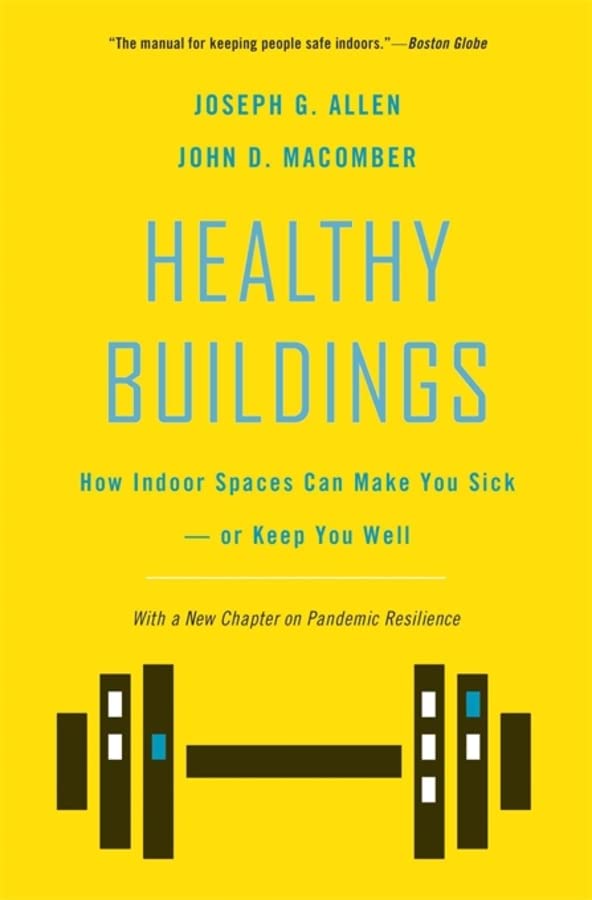

Most ebook files are in PDF format, so you can easily read them using various software such as Foxit Reader or directly on the Google Chrome browser.
Some ebook files are released by publishers in other formats such as .awz, .mobi, .epub, .fb2, etc. You may need to install specific software to read these formats on mobile/PC, such as Calibre.
Please read the tutorial at this link: https://ebookbell.com/faq
We offer FREE conversion to the popular formats you request; however, this may take some time. Therefore, right after payment, please email us, and we will try to provide the service as quickly as possible.
For some exceptional file formats or broken links (if any), please refrain from opening any disputes. Instead, email us first, and we will try to assist within a maximum of 6 hours.
EbookBell Team

4.4
72 reviewsA revised and updated edition of the landmark work the New York Times hailed as “a call to action for every developer, building owner, shareholder, chief executive, manager, teacher, worker and parent to start demanding healthy buildings with cleaner indoor air.”
For too long we’ve designed buildings that haven’t focused on the people inside―their health, their ability to work effectively, and what that means for the bottom line. An authoritative introduction to a movement whose vital importance is now all too clear, Healthy Buildings breaks down the science and makes a compelling business case for creating healthier offices, schools, and homes.
As the COVID-19 crisis brought into sharp focus, indoor spaces can make you sick―or keep you healthy. Fortunately, we now have the know-how and technology to keep people safe indoors. But there is more to securing your office, school, or home than wiping down surfaces. Levels of carbon dioxide, particulates, humidity, pollution, and a toxic soup of volatile organic compounds from everyday products can influence our health in ways people aren’t always aware of.
This landmark book, revised and updated with the latest research since the COVID-19 pandemic, lays out a compelling case for more environmentally friendly and less toxic offices, schools, and homes. It features a concise explanation of disease transmission indoors, and provides tips for making buildings the first line of defense. Joe Allen and John Macomber dispel the myth that we can’t have both energy-efficient buildings and good indoor air quality. We can―and must―have both. At the center of the great convergence of green, smart, and safe buildings, healthy buildings are vital to the push for more sustainable urbanization that will shape our future.